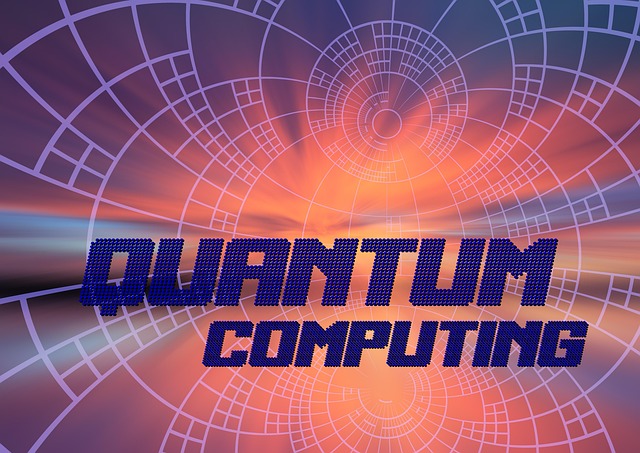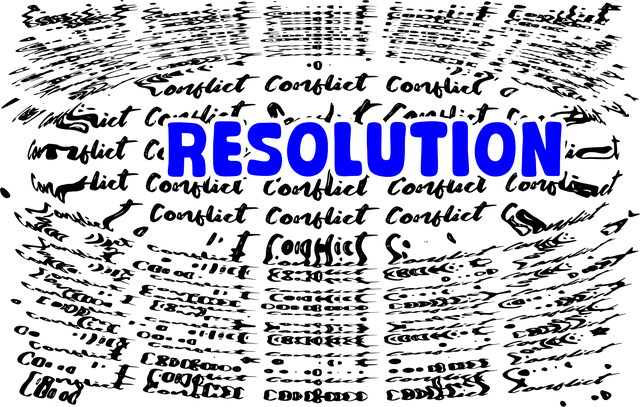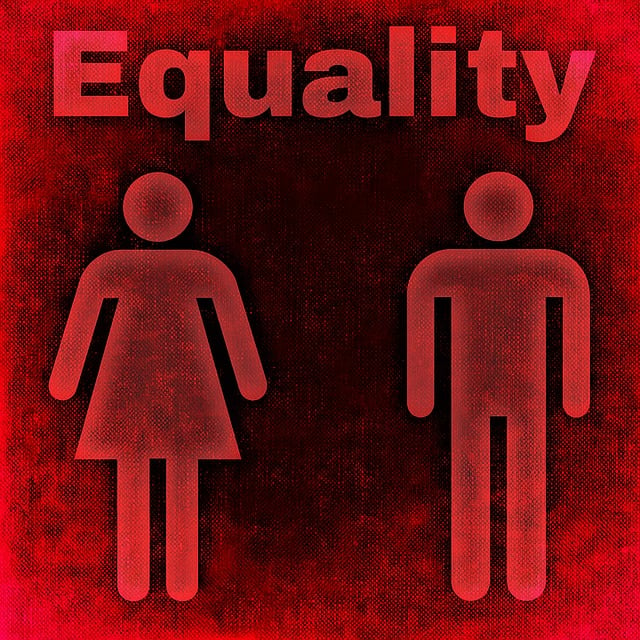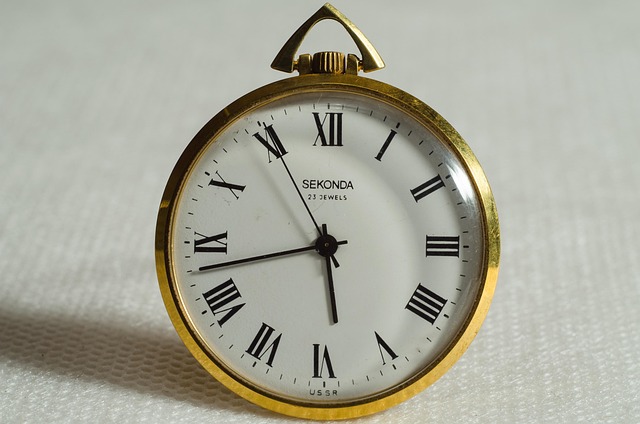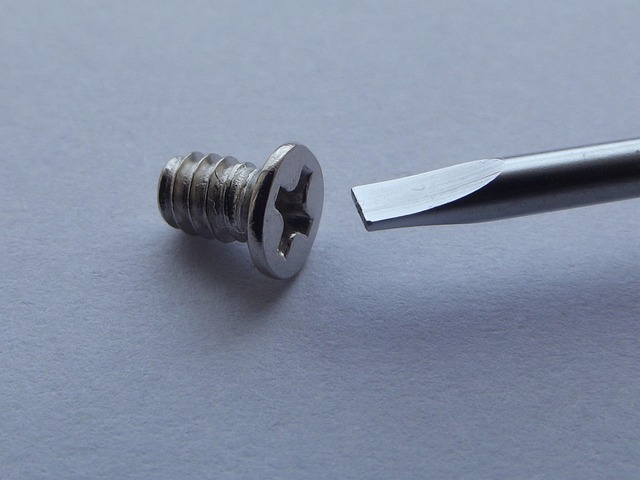Dispute background reports are crucial for understanding check disputes, but they can contain errors due to data entry mistakes or outdated information. Scrutinizing these reports for discrepancies is essential for fair resolution. Maintaining accurate records, including complete dates, communication logs, and documents, prevents future complications. Best practices involve documenting all communications, preserving digital copies of relevant documents, and regularly updating records. Technology streamlines record-keeping, reduces errors, and simplifies dispute resolution, ultimately enhancing customer satisfaction.
Maintaining accurate records is vital when dealing with check disputes, as it ensures fair resolutions and protects against fraudulent activities. This article guides you through essential practices for managing these disputes effectively. We explore the importance of understanding dispute background reports, highlighting common errors to avoid. Best practices for record-keeping, along with the role of technology in reducing errors, are also covered. Additionally, we offer strategies to streamline the dispute resolution process, ensuring a more efficient and effective approach.
- Understanding Check Dispute Background Reports
- Common Errors in Dispute Documentation
- Best Practices for Accurate Record Keeping
- The Role of Technology in Error Reduction
- Strategies to Streamline Dispute Resolution Process
Understanding Check Dispute Background Reports

Check dispute background reports play a crucial role in understanding the history and potential causes behind a check dispute. These reports provide valuable insights into previous transactions, account activity, and any errors or discrepancies that may have contributed to the current issue. By reviewing these reports, individuals and businesses can gain a comprehensive view of the situation, enabling them to take informed actions to resolve disputes effectively.
It’s important to note that dispute background reports are not without potential issues. Errors in reporting can occur due to various factors, such as data entry mistakes, outdated information, or inaccuracies in the original records. As a result, it becomes essential for individuals and entities involved in check disputes to carefully scrutinize these reports for any discrepancies. Identifying and addressing report errors early on can significantly impact the outcome of the dispute resolution process, ensuring fairness and accuracy.
Common Errors in Dispute Documentation

When maintaining records for check disputes, common errors can lead to significant issues down the line. One of the most frequent mistakes is incomplete or inaccurate dispute background reports. These reports are crucial in documenting the sequence of events surrounding a dispute, yet they often lack essential details such as dates, communication logs, and copies of relevant documents. Such gaps make it challenging for both parties to understand the context and can prolong the resolution process.
Another prevalent error is misplacing or losing track of supporting documentation. This includes receipts, cancelled checks, and any correspondence related to the dispute. Without these pieces, verifying the claim becomes nearly impossible, increasing the likelihood of an unfavorable outcome. To avoid these pitfalls, ensure that all documentation is meticulously organized and easily retrievable, allowing for swift access during the dispute resolution process.
Best Practices for Accurate Record Keeping

Maintaining accurate records is paramount when handling check disputes, as it ensures a clear understanding of the dispute’s background and helps resolve any errors in the report. Best practices include documenting all communication related to the dispute, from initial notification to resolution. This should involve recording dates, names of individuals involved, and the substance of conversations or correspondence.
Additionally, preserving copies of all relevant documents, such as the original check, dispute forms, and any supporting materials, is crucial. Organize these records digitally for easy retrieval and reference. Regularly reviewing and updating these files ensures that you have the most current information available, which can be invaluable when constructing a comprehensive dispute background report.
The Role of Technology in Error Reduction

In today’s digital era, technology plays a pivotal role in maintaining accurate records and reducing errors in check disputes. Automated systems and software solutions allow for seamless data entry and storage, minimizing human inaccuracies that often arise from manual processes. By implementing efficient digital record-keeping practices, financial institutions can generate comprehensive dispute background reports with remarkable speed and precision.
These technological advancements enable thorough tracking of transactions, facilitating effective communication between banks and customers during the dispute resolution process. Digital platforms facilitate secure sharing of relevant information, ensuring that all data required to validate or refute a claim is readily accessible. This streamlines the entire process, reducing the time and resources needed to address check disputes and enhancing overall customer satisfaction.
Strategies to Streamline Dispute Resolution Process

Maintaining accurate records is key to efficiently resolving check disputes. Start by documenting every interaction related to the dispute, including dates, communication details, and relevant documents. This detailed record serves as a robust dispute background report, providing a clear overview of the issue.
Implement systematic strategies to streamline the process. For instance, create standardized templates for dispute reports, ensuring consistency across cases. Additionally, utilize digital systems or software designed to manage such disputes, which can automate certain tasks and facilitate quick error detection in the background report. Efficient record-keeping and organized processes significantly enhance the chances of a swift resolution.
